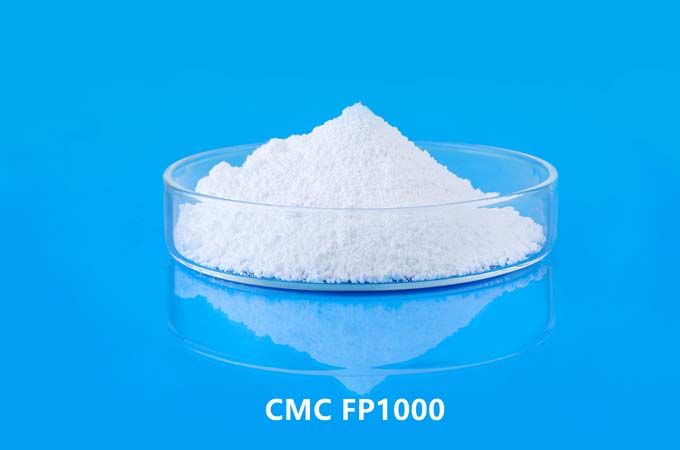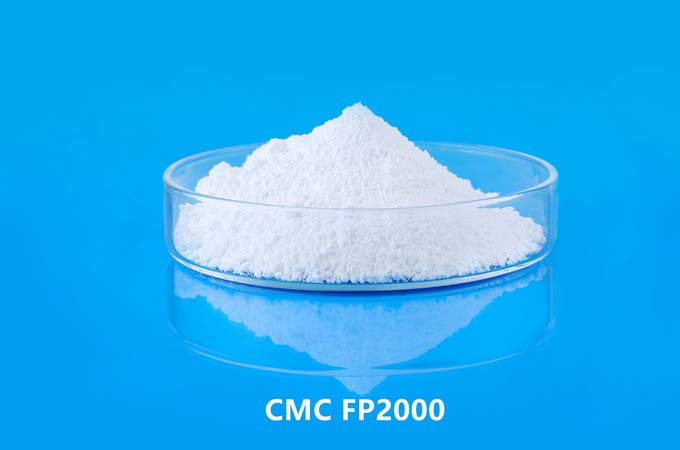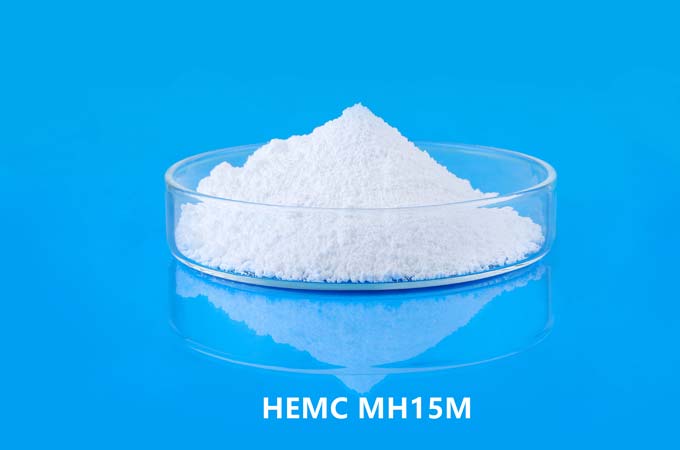Carboxymethyl Cellulose (CMC) is an important cellulose ether derivative with good water solubility, thickening, film-forming, adhesiveness and chemical stability. It is widely used in the textile industry. CMC has become an indispensable auxiliary material in the modern textile production process due to its natural source, strong biodegradability, non-toxic and environmentally friendly characteristics.
1. Application of CMC in Textile Sizing
Sizing is a key link in textile pretreatment. Its main purpose is to improve yarn strength, wear resistance and tensile strength, thereby improving weaving performance. Traditional sizing agents include starch, polyvinyl alcohol, etc., but there are problems such as difficult sizing, difficult recycling and environmental pollution.
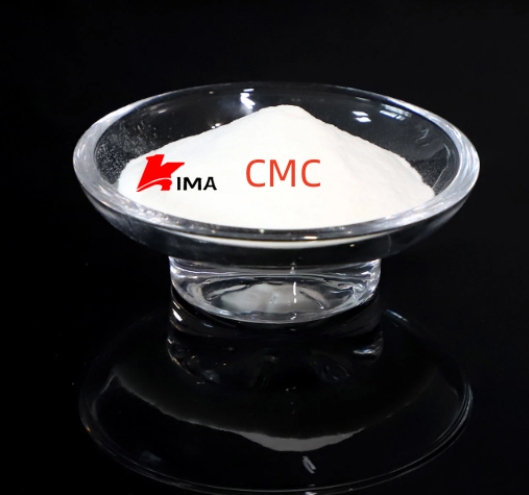
As an efficient water-soluble polymer compound, CMC has good film-forming and adhesive properties, can evenly cover the yarn and prevent the fiber hairiness from being exposed. The sizing film formed after CMC sizing has good flexibility and is not easy to crack. It can effectively reduce the yarn breakage rate and improve weaving efficiency. At the same time, CMC is easy to wash in water, which is conducive to subsequent desizing treatment and conforms to the green and environmentally friendly production concept.
The viscosity of CMC is highly controllable, and its degree of substitution (DS) and molecular weight can be adjusted to meet the sizing requirements of different types of yarns. This flexibility is unmatched by traditional sizing agents.
2. Application of CMC in printing and dyeing process
Printing and dyeing is an important process in textile production that determines the appearance and performance of fabrics. As one of the components of printing paste, CMC is often used together with sodium alginate, dextrin, etc. Its main function is to provide appropriate viscosity and rheological properties, so that the dye is evenly attached to the surface of the fabric, and enhance the clarity and adhesion of the printed pattern.
CMC has good hydrophilicity and emulsification, which can promote the uniform diffusion of dye molecules on the fiber. In addition, its film-forming property makes the dye not easy to migrate during the drying process, which helps the clarity of the edge of the printed pattern. For reactive dyes and acid dyes, CMC can also provide better stability to prevent the dye from precipitating or deteriorating due to environmental changes.
The addition of CMC in the printing and dyeing process can also play an anti-sticking and lubricating role, reduce wrinkles and friction on the fabric surface, and improve the appearance quality of the finished product.
3. Application of CMC in textile finishing
Textile finishing is an important process to improve the performance of fabrics, such as softness, wrinkle resistance, waterproofing and other treatments. Due to its film-forming and moisturizing properties, CMC can be used as a carrier for softeners, anti-wrinkle finishing agents and shrink-proof agents during the finishing process to enhance its bonding with the fabric surface.
In wrinkle-proof finishing, CMC can be used as a dispersing medium for cross-linking agents to promote the reaction between finishing agents and cellulose fibers and improve the durability of the finishing effect. In shrink-proof treatment, the film layer formed by CMC can effectively control the shrinkage of fabrics and improve the dimensional stability of fabrics.
CMC is also commonly used in the formulation of polishing agents and setting agents in textile post-treatment, which can improve the gloss and smoothness of fabrics and give them better appearance and feel.
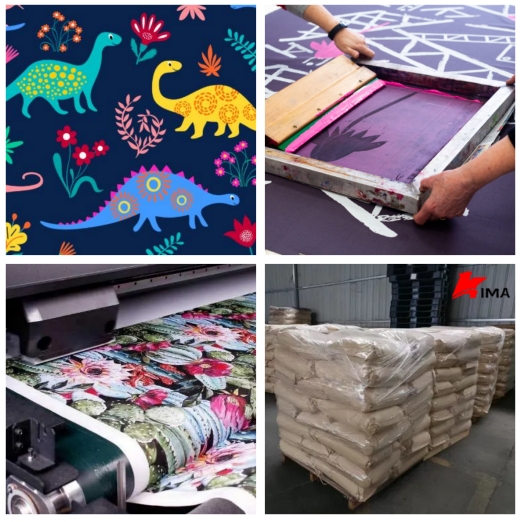
4. Other applications of CMC in textile auxiliaries
CMC is also widely used in other textile auxiliaries formulations, such as emulsion stabilizers, suspending agents and slow-release carriers. Adding CMC to the textile finishing liquid can prevent the precipitation of dispersed materials and improve the uniformity and stability of the use of additives. Its good solubility and electrolyte compatibility also enable CMC to maintain stable performance in high salt or high temperature environments.
In the functional finishing of textiles (such as antibacterial, UV protection, and flame retardant finishing), CMC can also be used as a carrier or slow-release material for functional agents to improve the adhesion and durability of functional agents on fabrics.
5. Environmental advantages and development trends of CMC
With the increasingly stringent environmental regulations and the promotion of green textile concepts, CMC is favored for its natural source, good biodegradability, and harmlessness to the human body. It can replace traditional chemical synthetic pulps and petrochemical products, helping to reduce the burden of wastewater treatment and environmental pollution.
Researchers are also constantly studying how to improve the performance of CMC through modification technology, such as introducing cationic groups to enhance its adsorption of dyes, or improving its water resistance and washability through cross-linking. These innovations have broadened the scope of application of CMC in the textile industry.
CMC plays an important role in textile production, especially in key process links such as sizing, printing and dyeing, and finishing, showing unique performance advantages. With the advancement of green production concepts and the development of new functional CMC materials, the application of CMC in the textile industry will be more extensive and in-depth, injecting new vitality into the sustainable development of the textile industry.
 English
English 日本語
日本語 français
français Deutsch
Deutsch Español
Español italiano
italiano русский
русский português
português العربية
العربية Türkçe
Türkçe Nederland
Nederland


